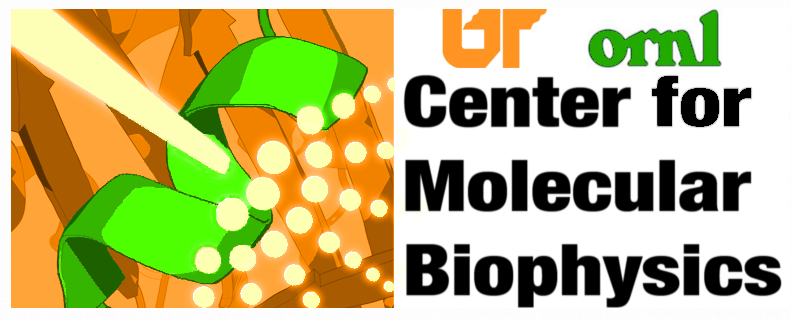Conformational search aims to find energetically stable conformations of a compound form all the possible conformational space, which is important for the microscope modeling. In this module, online tools with multi-level of theories such as molecular mechanics (MM), quantum mechanics (QM) are provided for gas phase sampling. Solvation effect of a compound can be studied using the explicit/implicit solvent molecular dynamics (MD) simulation sampling algorithm in this module.
Steps for conformational search:
Step 1. Input a compound. The users can draw their compound and paste the SMILES into the input box, or upload their own coordinates of the compound.
Step 2. Select searching parameters for the conformational search. Several different types of conformational search are available. (See bellow) The related parameters are required for different algorithms.
Step 3. Review & submit. Before submission, you can review your molecule, the searching algorithm, and the parameters.
Step 4. Online analysis or download the results. Once the job is finished, you can view your results. You can download the structures or redo a quick cluster analysis based on the results.
Notice: Once the compound is uploaded, a unique job ID will be assigned. With the job ID, you can check your results and redo cluster analysis quickly.
Algorithms of conformational search that are available in this module:
A. Random sampling with MM optimization
This algorithm searches the conformational space by rotating single bonds in the molecule randomly. Geometry optimization using molecular force fields will be performed after the rotation. This method is fast and the accuracy is moderated. The drawbacks of this method include 1. it cannot deal with bonds breaking and forming; 2. the results for compounds with heavy metal atoms may not correct.
B. Random sampling with QM optimization
Similar to the Random sampling algorithm, except that semi-empirical QM methods will be applied to perform the geometry optimization. QM calculations are time-consuming. Therefore, this method is slow compared to the first one. This method is supposed to be better than the MM method above, but it is not absolutely true. However, the users are suggested to try the MM method before jumping to this one.
C. MD simulation with replica exchange sampling
Different from the random searching methods, this algorithm will run MD simulations to sampling the conformations. It provides explicit solvent, generalized Born implicit solvent (GBIS), and gas phase simulations. Because the simulation is based on MM level theory, it cannot deal with chemical reactions, either compounds with heavy metal atoms.




